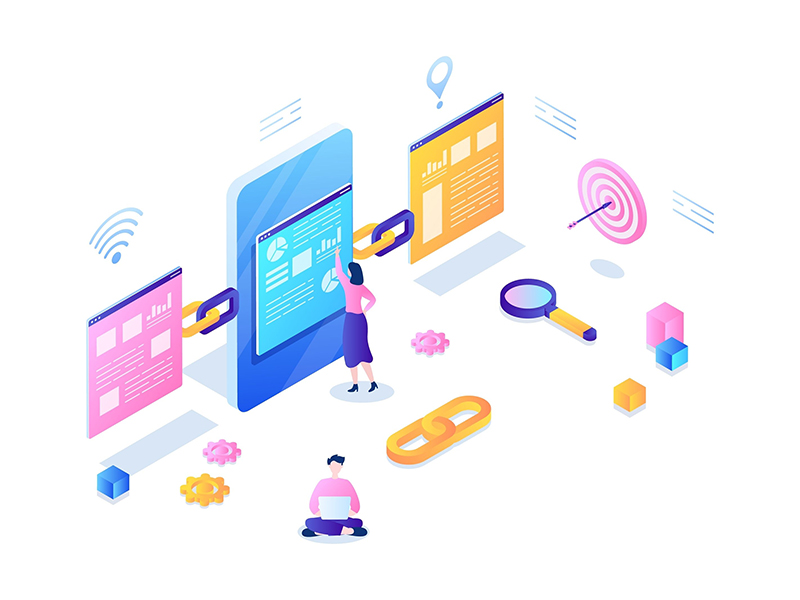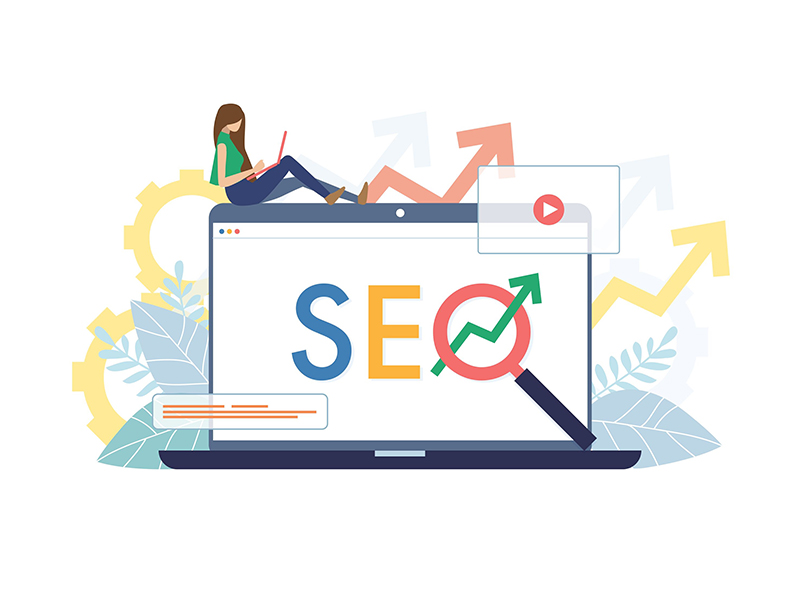Hello there! If you’re a web developer or a digital marketer, chances are that the term ‘Search Engine Optimization’ (SEO) is part of your everyday lingo. But if you’ve just started in this field or have been focusing solely on coding and design aspects, it’s time to get friendly with SEO.
What exactly is SEO? In simple terms, it’s a set of strategies used by website owners to improve their site’s position in search engine results pages (SERPs), thereby increasing organic traffic. However, what many don’t realize is that solid web development practices can significantly influence these optimization efforts.
Let’s delve into how understanding and implementing good SEO principles can impact your web development decisions!
1. Site Architecture & Navigation:
The way we structure our websites matters greatly for both users’ experiences and search engines. A well-structured site not only makes navigation easier but also helps crawlers understand content hierarchy—this impacts SERP rankings positively. When designing your website structure remember to prioritize simplicity over complexity; think user-friendly URLs which accurately represent page contents.
2. Mobile-Friendly Design:
We live in an era where most people access internet through mobile devices daily—it’s no surprise Google uses mobile-friendliness as ranking signal since 2015! Prioritize responsive design ensuring all elements scale properly across different screen sizes without compromising usability or aesthetics.
3. Speed Matters:
Page load speed affects both user experience and search engine rankings directly – nobody likes waiting around for slow-loading sites! Consider optimizing images/videos, reducing HTTP requests or enabling browser caching wherever possible—all these actions contribute towards faster loading times hence improved site performance overall improving its visibility online too!
4. Coding Best Practices:
Clean code isn’t just about being neat – it aids machines reading them easily i.e., spiders crawling codes looking relevant keywords/content within webpage body tags etc.. Avoid unnecessary tags/elements like inline CSS, empty divs and excessive JavaScript as they can slow down your page speed.
5. Sitemaps & Robots.txt:
Sitemaps are essentially blueprints of all the pages on your website, helping search engines find and index them more efficiently. Similarly, a robots.txt file tells crawlers which parts of your site to avoid—both these tools help with better crawling/indexing thus positively impacting SEO efforts!
6. HTTPS – Secure Your Site:
Internet users value privacy/security—they want know their data’s safe when browsing websites hence Google considers secure sites (HTTPS instead HTTP) higher-ranking SERPs compared insecure ones! Make sure you use SSL certificates ensuring encrypted connections between server user thereby protecting sensitive information like credit card details or login credentials from prying eyes while also boosting SEO rankings at same time!
7. Content Optimization:
Good content is king in digital marketing world but it needs be structured properly too for maximum visibility online – think about header tags (H1-H3), meta descriptions title tags etc., make sure all optimized relevant keywords reflecting what each page about so that both readers bots understand easily enhancing overall search engine performance.
In conclusion, integrating good web development practices with effective SEO strategies isn’t just an option anymore—it’s a necessity if we want our websites to reach wider audiences organically via improved search engine results positioning! Remember though this doesn’t happen overnight; patience persistence key here along regular updates based latest trends/algorithm changes industry keep ahead competition always stay game long haul!




